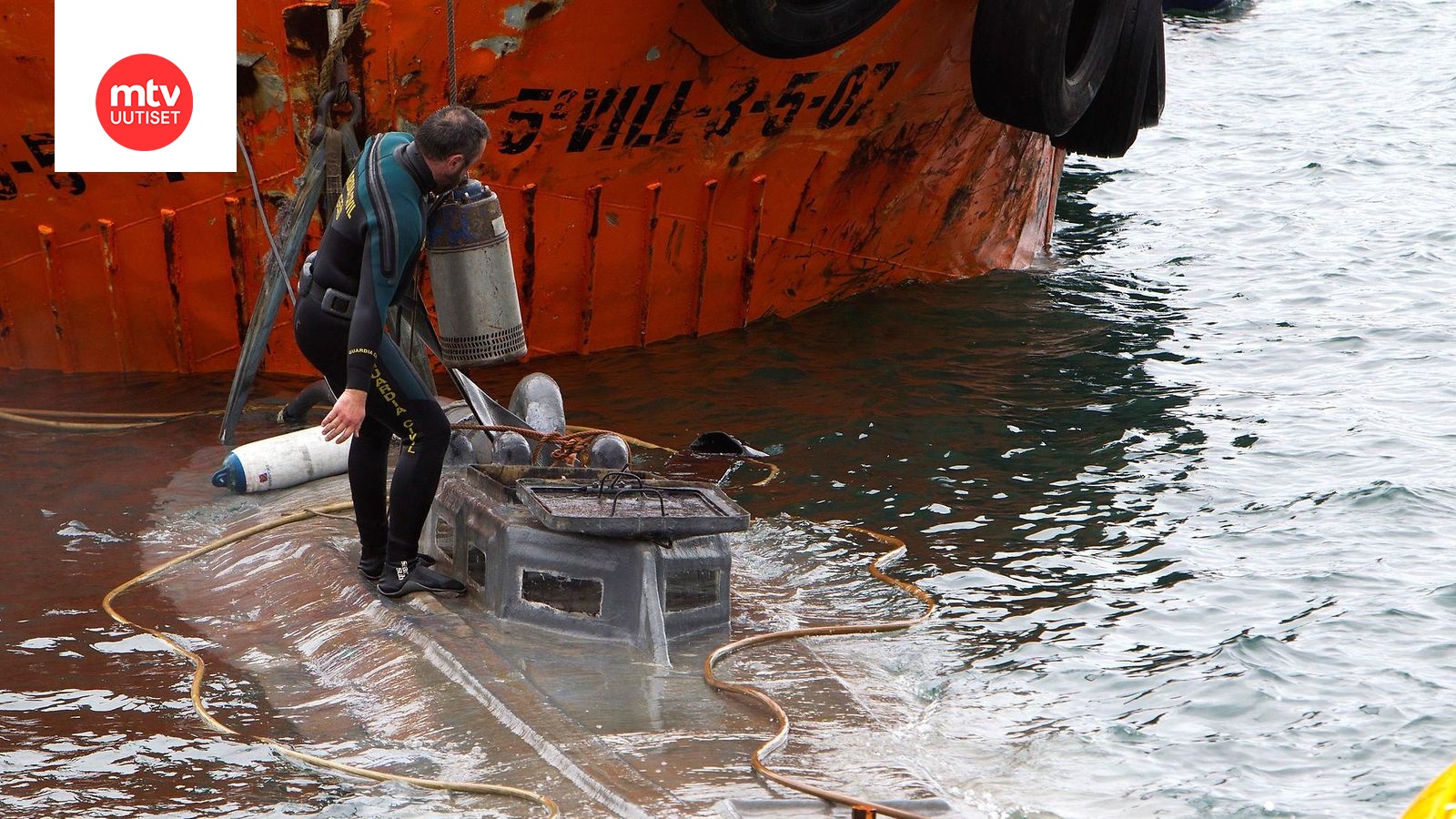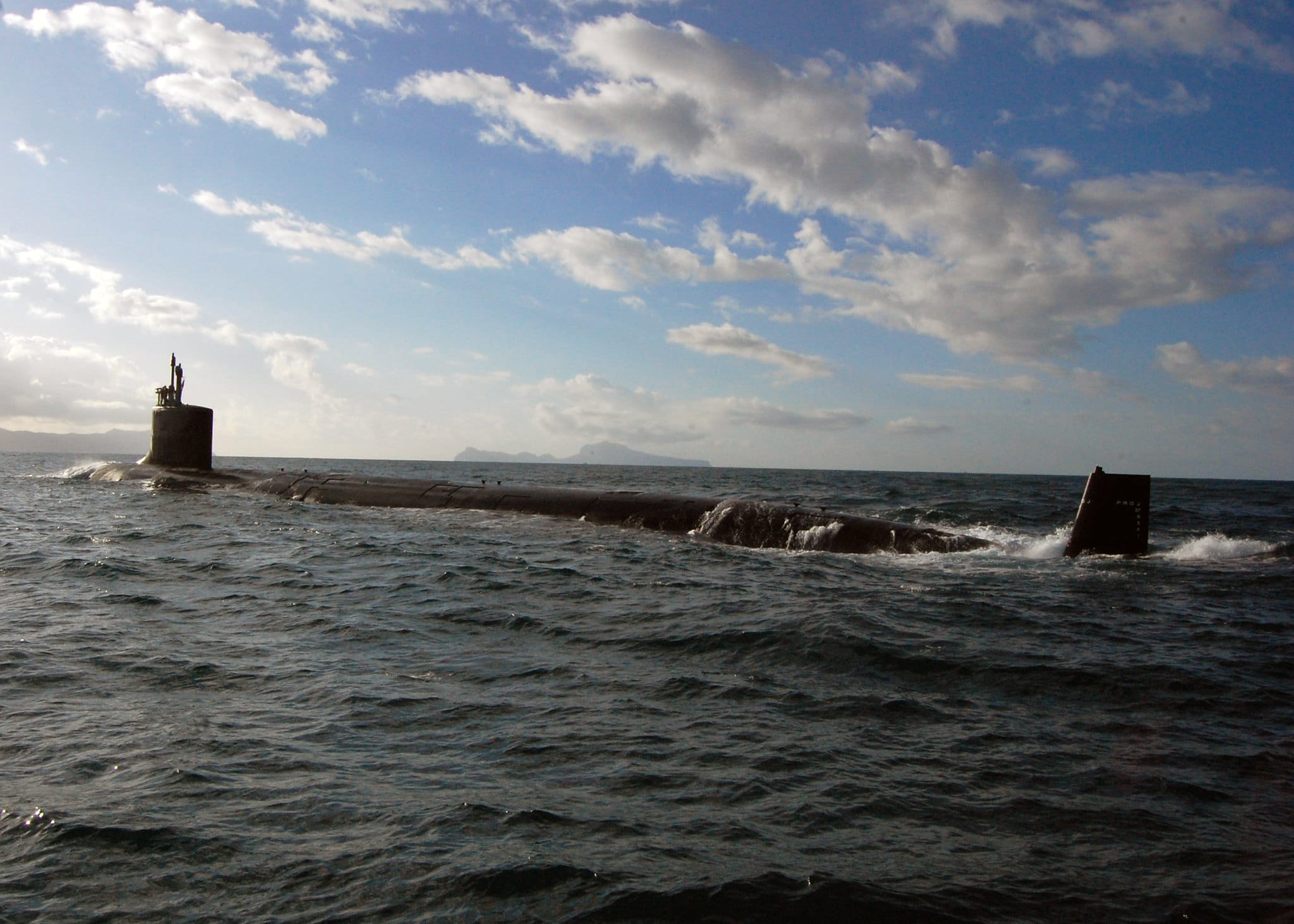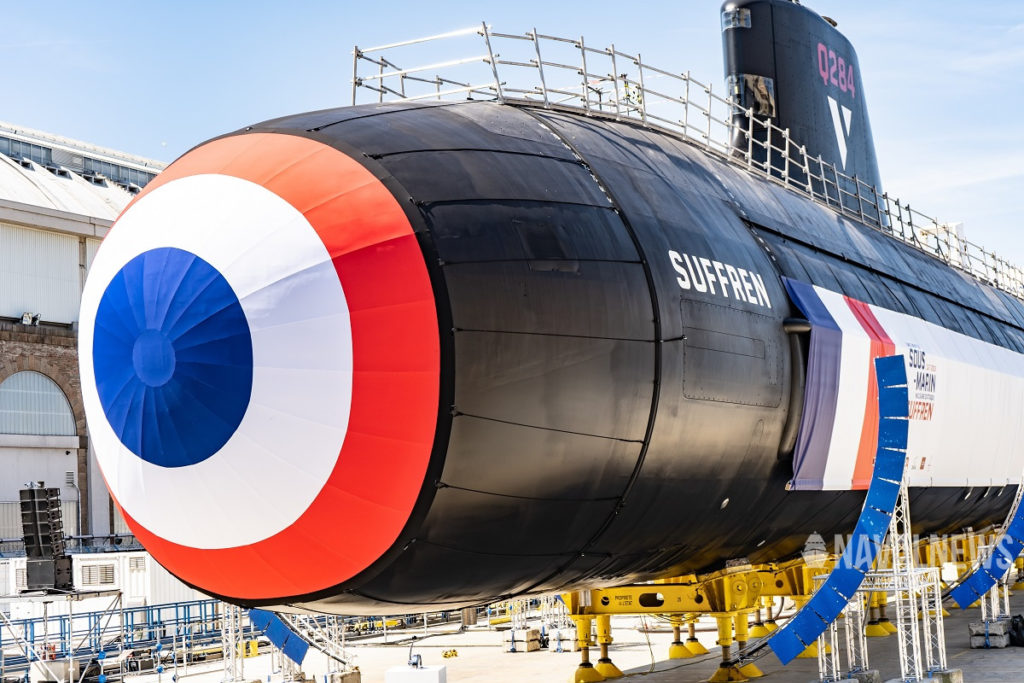Leaderwolf
Respected Leader
Tuhannes viesti tähän ketjuun. Tauchen, schnell! schnell!
Ei mulla muuta, jatkakaa.
Ei mulla muuta, jatkakaa.
Follow along with the video below to see how to install our site as a web app on your home screen.
Note: This feature may not be available in some browsers.
Missä näitä mahdetaan oikein rakentaa.
Ei mitään amatöörien tekosia.
Uskomaton salakuljetusoperaato: Tällainen oli Amazonin viidakosta Espanjaan saakka matkanneen huumesukellusveneen karikkoinen taival – kyydissä yli kolme tonnia kokaiinia
Espanjan viranomaiset nappasivat viime vuoden lopulla sukellusveneen, jonka sisältä löytyi yli kolmetuhatta kiloa kokaiinia. Vangittujen kuljettajien kertomusten perusteella sukellusvene tuli Kolumbiasta saakka Espanjaan, ja matka oli kaikkea muuta kuin jouheva.www.mtvuutiset.fi

 www.verkkouutiset.fi
www.verkkouutiset.fi

Pentagon has released a map showing areas of increased Russian and Chinese naval activities, as well as the locations of major undersea cables, around the world as part of its most recent budget request for the 2021 Fiscal Year. This is perhaps the most granular detail on these subjects that the U.S. government has provided to date after years of warning about the threats that these patrols, especially by Russian submarines, pose to American national interests. Just last week, we reported that a senior U.S. Navy officer stated that Russian submarine sorties had become such an issue that the service no longer treats the East Coast of the United States as "uncontested" and would no longer view it as a guaranteed "safe haven" in a crisis.
The U.S. military released the annotated map in a 134-page overview report accompanying its 2021 Fiscal Year budget proposal. The graphic is part of a section describing new and emerging security concerns, especially with regards to so-called "great power competitors," such as the Russians and the Chinese. The Trump Administration does not appear to have included any similar map in the documentation that went along with its previous budget requests for the 2018, 2019, or 2020 Fiscal Years.

Tyhmä kysymys mutta voiko laserin torjua peilillä? Saisi laserin ampuja omaan niskaansa kuolettavan sädeiskunsa.
USA aikoo aseistaa lasereilla ydinsukellusveneen | Verkkouutiset
USA aikoo aseistaa lasereilla ydinsukellusveneen | Verkkouutisetwww.verkkouutiset.fi
USA aikoo aseistaa lasereilla ydinsukellusveneen
Laserasetta voitaisiin mahdollisesti käyttää ilmatorjuntaan.
Yhdysvaltain laivasto suunnittelee Virginia-luokan ydinsukellusveneiden aseistamista korkean tehon lasereilla.
Asiasta uutisoivan Forbesin mukaan laseraseen teho olisi jopa 300-500 kilowattia.
Amerikkalaislehden tiedon mukaan asetta on saatettu jo testata hinattavan generaattorin avulla.
Laser asennettaisiin sukellusveneen periskooppijärjestelmään.
Suunnitelmista ei ole tihkunut juuri enempää tietoja julkisuuteen, eikä asejärjestelmän aiotusta käyttötarkoituksesta ole tietoa.
Jutussa spekuloidaan, että laseria voitaisiin mahdollisesti käyttää esimerkiksi helikoptereiden, lennokkien tai pienten pintakohteiden tuhoamiseen.
Laserin etuna esimerkiksi ohjuksiin verrattuna on nopeus.
Laserilta on myös vaikea puolustautua ja sen käyttö on verrattain edullista.
Laserase ei myöskään kärsi ammusten puutteesta.
Yhdysvallat on ottanut hiljattain laseraseita käyttöön pinta-aluksissa.
Esimerkiksi maihinnousualus USS Portland lähti joulukuussa merelle uudella SSL-TM-laseraseella varustettuna.
Ase on tarkoitettu etenkin lennokkiparvien ja pienten pinta-alusten torjuntaan.
Tyhmä kysymys mutta voiko laserin torjua peilillä? Saisi laserin ampuja omaan niskaansa kuolettavan sädeiskunsa.
Alla lainaus Wikipediasta:Tyhmä kysymys mutta voiko laserin torjua peilillä? Saisi laserin ampuja omaan niskaansa kuolettavan sädeiskunsa.
Lavettikuvasta saa hahmotettua vetenalaisen vehkeen mitat:Missä näitä mahdetaan oikein rakentaa.
Ei mitään amatöörien tekosia.
Uskomaton salakuljetusoperaato: Tällainen oli Amazonin viidakosta Espanjaan saakka matkanneen huumesukellusveneen karikkoinen taival – kyydissä yli kolme tonnia kokaiinia
Espanjan viranomaiset nappasivat viime vuoden lopulla sukellusveneen, jonka sisältä löytyi yli kolmetuhatta kiloa kokaiinia. Vangittujen kuljettajien kertomusten perusteella sukellusvene tuli Kolumbiasta saakka Espanjaan, ja matka oli kaikkea muuta kuin jouheva.www.mtvuutiset.fi

Sanoisiko tuon vaikka niin, että toki se heikentää, mutta lopulta tuhti laser tulee mainituista syistä läpi.Alla lainaus Wikipediasta:
”Joskus oletetaan, että heijastavien pintojen ja muiden vastatoimien avulla voitaisiin vähentää laserien tehoa, mutta tätä ei ole todistettu. Pienetkin vauriot peilin pinnassa vastaanottavat energiaa ja vauriot levittäytyvät helposti laajemmalle alueelle. Suojaavien peilien tehoa voitaisiin vähentää tarkoituksella vahingoittamalla niitä. Myös pöly ja lika vähentävät peilien tehoa.”
Voisi sen niin sanoaSanoisiko tuon vaikka niin, että toki se heikentää, mutta lopulta tuhti laser tulee mainituista syistä läpi.


New Pentagon Map Shows Huge Scale Of Worrisome Russian and Chinese Naval Operations
This is our first good look at the kind of activity, especially off the East Coast of the United States, that the US military has been warning about.www.thedrive.com
Aika aktiivista Pohjanlahdellakin.
In this report we cover IND Sindhukesari (S60)....A Sindhughosh-class diesel-electric submarine of the Indian Navy. Submarines ensure our national security....A Major factor in a naval warfare.. It is Capable of remaining underwater for months. The way to the target for Submariners is long, arduous, plagued with the unexpected and with harsh dilemmas, sometimes of life and death. We get you the glimpses of Life onboard a submarine.
Underwater quantum links are possible across 30 meters (100 feet) of turbulent water, scientists have shown. Such findings could help to one day secure quantum communications for submarines.
Quantum cryptography exploits the quantum properties of particles such as photons to help encrypt and decrypt messages in a theoretically unhackable way. Scientists worldwide are now endeavoring to develop satellite-based quantum communications networks for a global real-time quantum Internet.
In addition to beaming quantum communications signals across the air, through a vacuum, and within fiber optic cables, researchers have investigated establishing quantum communications links through water. Such work could lead to secure quantum communications between submarines and surface vessels, and with other subs, aircraft, or even satellites.
Although water absorbs many radio waves, it’s transparent to optical wavelengths between 400 to 500 nanometers, roughly corresponding to green, blue, and violet light.
Prior work suggested that quantum links through water had a maximum length of 300 meters with 418-nanometer-wavelength light under clear conditions. Previous research also successfully established quantum communication across 55 meters of sheltered water, such as that which is found in coves and bays. However, until now, scientists had only reported quantum communications across 5.5 meters of turbulent water.
In the new study, researchers experimented with quantum communications in a "flume tank," a water tank in which scientists can generate waves to mimic the ocean. They also tried two different strategies for quantum communications—one involving just the polarization of the light, and the other incorporating the polarization and the orbital angular momentum of the signals—to analyze how quantum communication protocols might differ in maximum distances and data transfer rates.
The researchers achieved quantum communication at up to 72 kilobits per second across up to 30 meters of turbulent water, the longest distance yet reported for such links. Although turbulence did result in significant wandering and distortion of light signals, those error rates didn’t prevent quantum links from successfully being established with either communication protocol.
Unexpectedly, the researchers found they could keep quantum communication going even while the transmitter moved down the flume tank. "We had expected that this would not be possible without beam-tracking technology," says Felix Hufnagel, a lead author and quantum physicist at the University of Ottawa in Canada.
After the scientists analyzed their data, they suggested the maximum distance for secure quantum communications might actually be 80 meters in turbulent water, although this would depend on factors such as the efficiency of the detectors used. Improving such factors might significantly boost the maximum communications distance, they say.
In the future, the researchers aim to experiment with faster electronics and beam-tracking tools, "which will allow us to communicate between two- or multi-parties that are actually floating and moving around in the water," Hufnagel says. They would also like to experiment with quantum links across air and choppy water, which will "present a whole new set of challenges, requiring dynamic beam correction on the sender and receiver sides," he adds.
The scientists detailed their findings in a preprint article posted online on 9 April.


